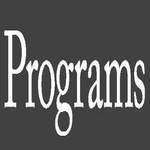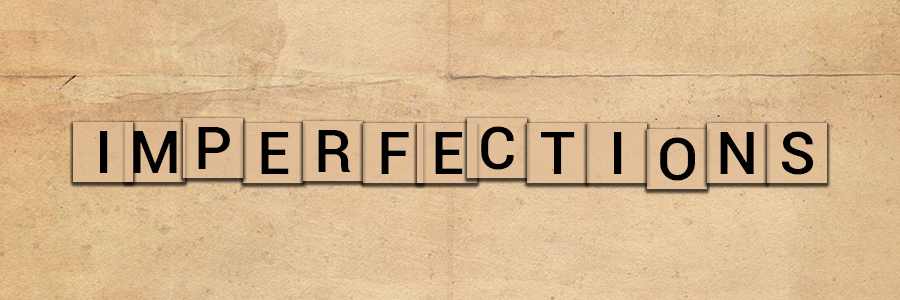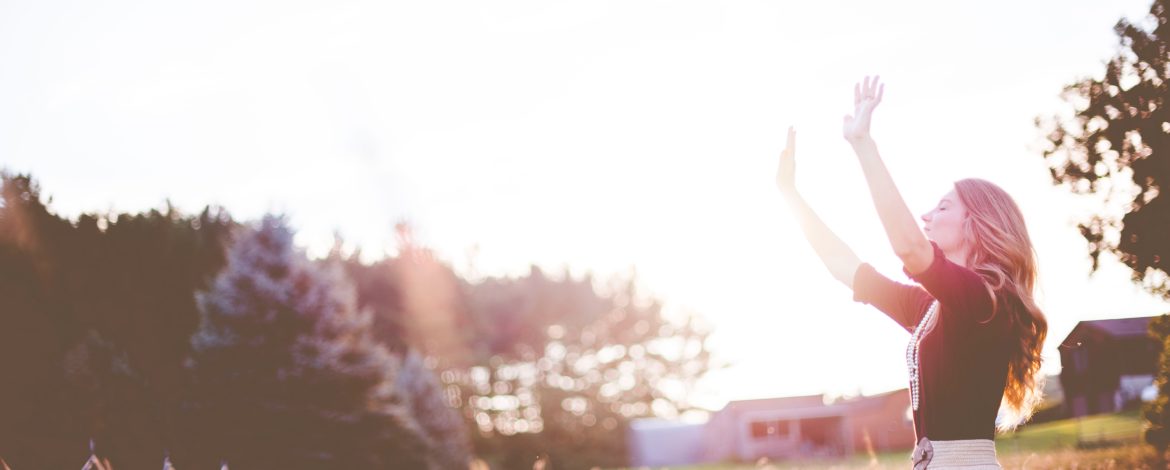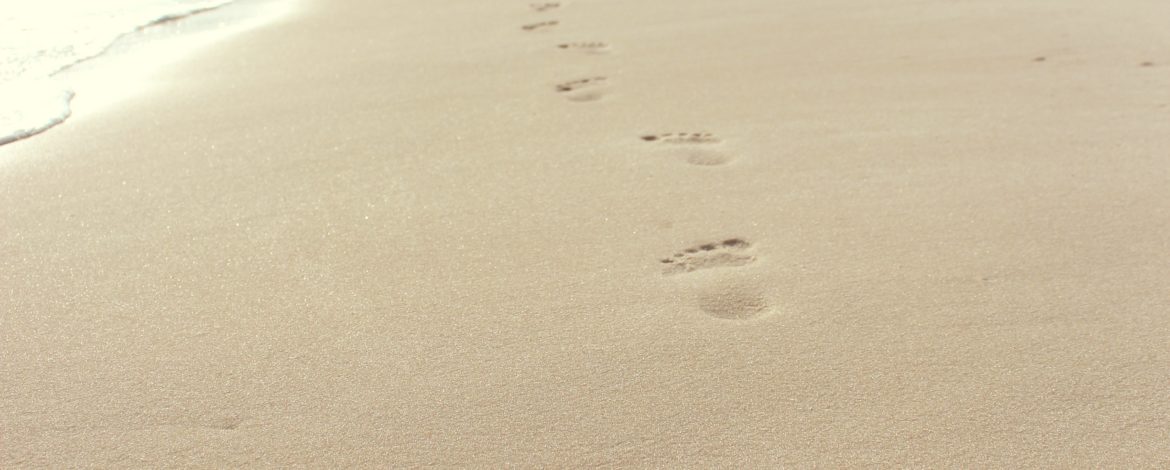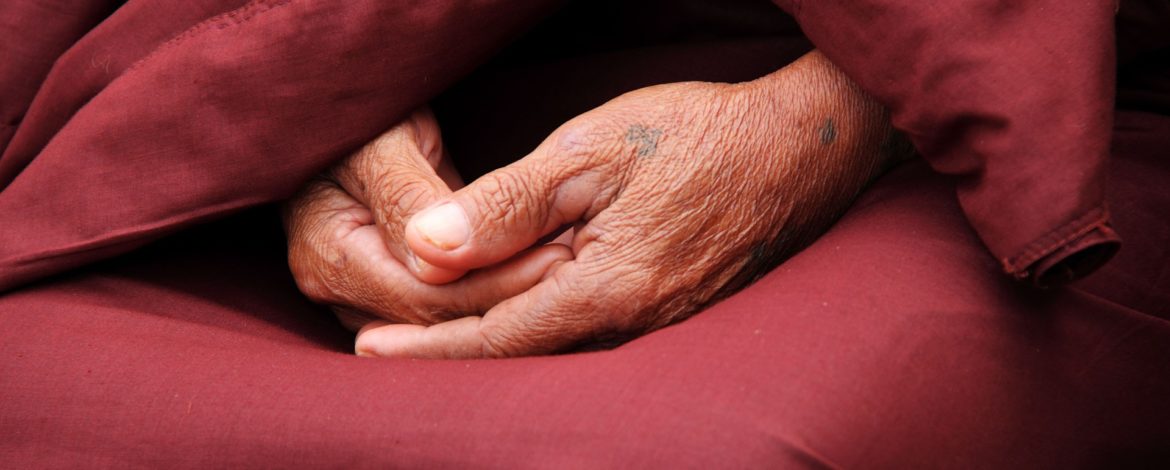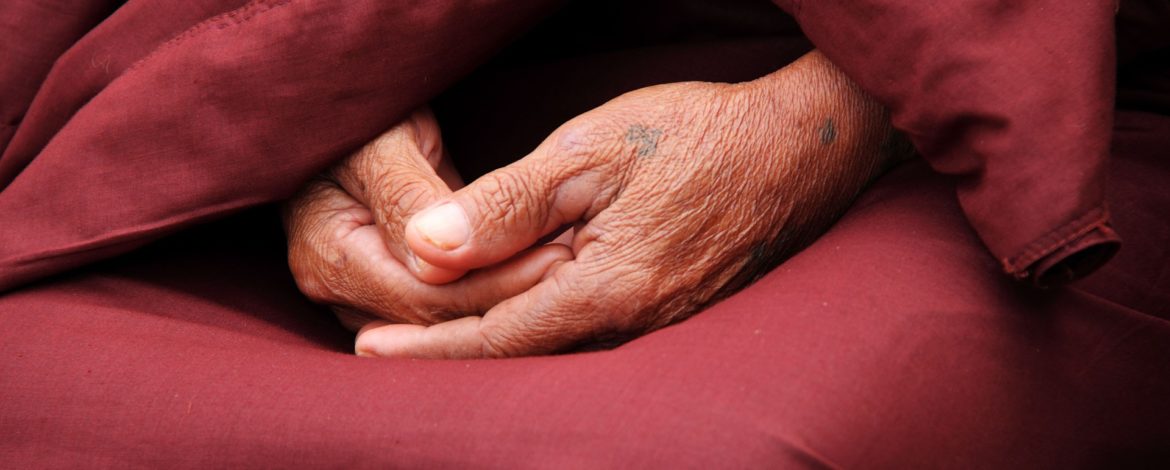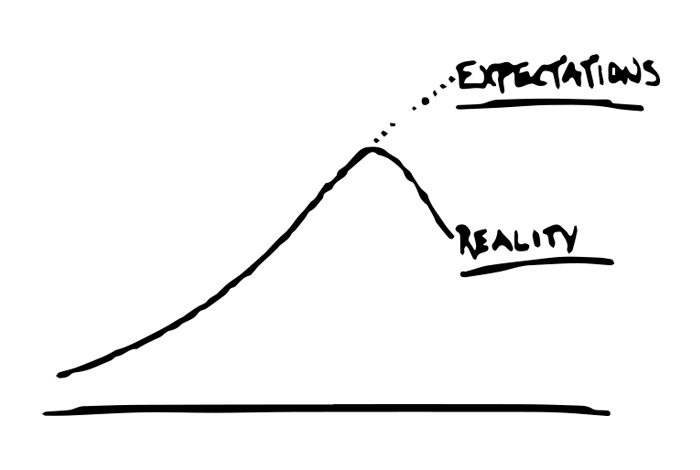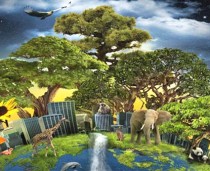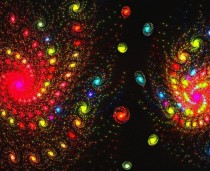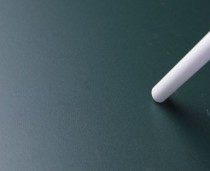Expectation Vs. Reality
Many of us create disappointment holes. We say, “Oh, look, I have this empty hole inside of me that is expecting to be disappointed, would you like to fill it up?” or, “Hey, I have a large area here that is looking for an opportunity to be generous, can you meet its needs?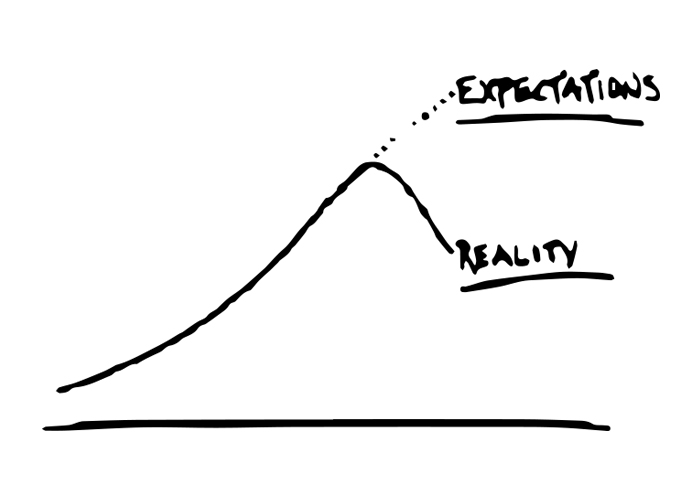 Therefore, the general sense of what we attract has to do with what we leave space for. How much of our impressions and expectations through life do we allow for the other people we communicate with to fill up? What is it that we allow to have in our lives by our simple expectations, or the acceptance of them? What are we willing to tolerate? And when it comes to individuals’ behaviors, what are our ethics or standards?
In other words, if we’re going to have certain relationships, what are we making room for in those relationships? This reminds me of the way Buddhist reincarnation works where there’s no actual reincarnation of an actual individual. There’s no soul. However, there are certain patterns that individuals create in their life, and those patterns largely repeat throughout the populous.
So whatever patterns these are, we all know that there are only particular types of people that we make room for, in other words, that we anticipate, that we accept. So this is why the great teachers of the Tibetan tradition and their tradition of reincarnation exist; because the students are willing to accept them, because the students make the space available for the teacher, and thus that teacher arises.
But each reincarnation is of a different character, it comes with its own sets of expectations and limitations. If reincarnation occurs, it occurs because of the causes and conditions that allow it to happen. It occurs by an enlightened being whose students judge through certain verifications, and through certain tests that they perform to see whether or not the individual knows what’s going on, if it can recognize its own mala so to say. Does it recognize its own begging bowl? Does it recognize anything of its former? Or is it deceived by other shinier objects?
Therefore, the general sense of what we attract has to do with what we leave space for. How much of our impressions and expectations through life do we allow for the other people we communicate with to fill up? What is it that we allow to have in our lives by our simple expectations, or the acceptance of them? What are we willing to tolerate? And when it comes to individuals’ behaviors, what are our ethics or standards?
In other words, if we’re going to have certain relationships, what are we making room for in those relationships? This reminds me of the way Buddhist reincarnation works where there’s no actual reincarnation of an actual individual. There’s no soul. However, there are certain patterns that individuals create in their life, and those patterns largely repeat throughout the populous.
So whatever patterns these are, we all know that there are only particular types of people that we make room for, in other words, that we anticipate, that we accept. So this is why the great teachers of the Tibetan tradition and their tradition of reincarnation exist; because the students are willing to accept them, because the students make the space available for the teacher, and thus that teacher arises.
But each reincarnation is of a different character, it comes with its own sets of expectations and limitations. If reincarnation occurs, it occurs because of the causes and conditions that allow it to happen. It occurs by an enlightened being whose students judge through certain verifications, and through certain tests that they perform to see whether or not the individual knows what’s going on, if it can recognize its own mala so to say. Does it recognize its own begging bowl? Does it recognize anything of its former? Or is it deceived by other shinier objects?
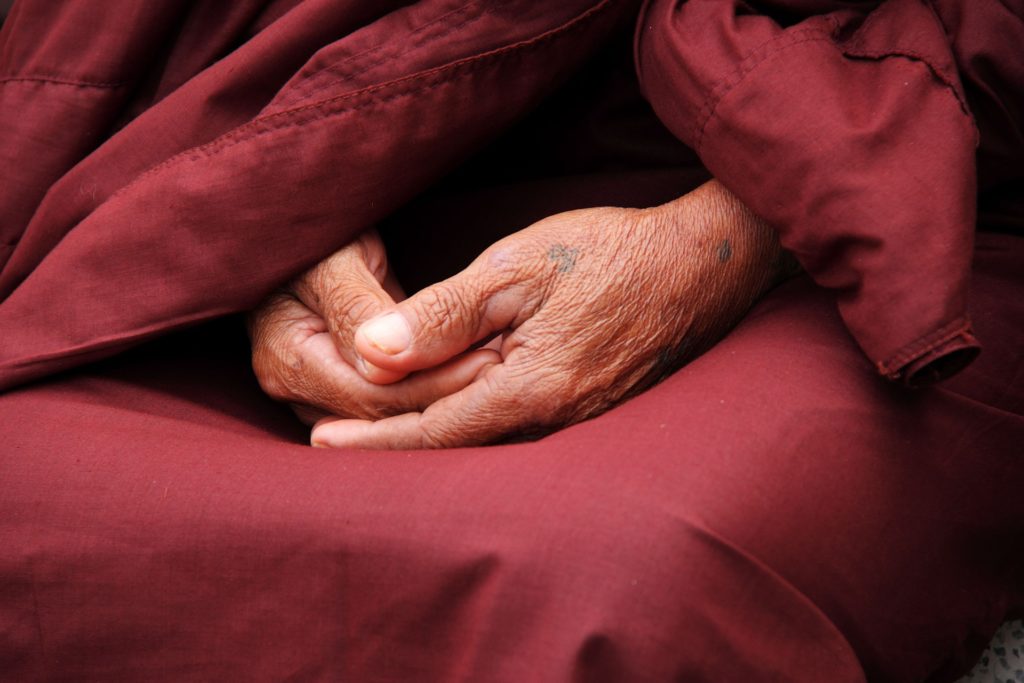 So there is a number of tests that are to be done by the students to verify that this is whom they want to train to be their teacher. The actual individual does not reincarnate in any way, shape, or form. However, the student’s teacher will reincarnate and in many families, certain characters will reincarnate. In other larger spectra, certain types of characters will reincarnate. I mean that we could easily say that the different individuals that have tried to dominate on earth over time are actually reincarnations of the same being. There’s a being among us that strives for world domination through military might and … it continues to reincarnate. This is actually a more accurate description of what’s actually going on than what most people think reincarnation is; because reincarnation the way people think doesn’t exist and it makes no sense at all.
People ask “What do you mean by an individual is going to reincarnate?” I mean that the individual can make it about the individual, but life is about all life. We control what we become just as every species that has differentiated itself from its predecessor species; like every new branch, every new leaf, every new avenue of life, every species, and even every individual is an extension and an expression of life itself.
There is only one life, and we are it. I want you to understand the way life is put together. Life is an interactive process. It’s a co-created ‘everything-ness’ and everything that it wants to be, it is, and shall become. So we have individuals among us, perhaps we may not be able to readily name them, but there are individuals among us who say “I am here, I am giving myself, completely and fully, so that the entire world/universe and all beings may benefit”.
I’m reminded of this story of a table full of people who had these four feet long spoons, and this was the only tool that they were given, and they could not feed themselves, they could only survive by feeding each other. I’m reminded of these stories and of the individuals and the imperfections of the universe, because of the awareness I have of the interactions of these different qualities, these different quantities, these different aspects of life. Pay attention to the way things interact because if you can see things interact with one another, you learn from them, about each, and about yourself.
I’ve been with many people who view life differently from me and sometimes when we talk, I see that they observe different things in people than I do. Some have a more refined ability to discern certain qualities than I do. Each of us will knows this world differently, and it’s okay to just allow that part of life to be. We all know the world differently. This uniqueness of each individual is one of the things that make us so special.
In much of my education, I have been taught with stories and metaphors and questions and descriptions of the failings of the mind to comprehend what’s actually going on. Someone I learned a lot from, Za Choege Rimpoche, a Tibetan, used to say that people tell themselves stories. They tell themselves all kinds of stories. In certain Buddhist traditions, there is a way to view life directly; not even view it, but experience it directly. To experience life directly. Unfiltered. As it is. Direct experience. There is a way to understand the nature of life through direct experience, even when “understand” might not be the right word. I don’t think we really have a right word in English, other than “experience”.
In order to reach that direct experience, one sheds the self, the limitations of the self. One sheds identity and consider this: the self is the separation from the oneness. So the oneness-experience and the self-experience are mutually exclusive on the one hand. On the other hand they are simultaneously ubiquitous. Self-experience is absolutely necessary in order for the self to exist, right? At whatever level that self exists, it exists.
What is on the level of the microcosm, the nano-level, doesn’t really exist on the quantum level and the observer is the change, is part of the change, part of the observation, so the self exists in that because there is the observer and there’s also the observation. However, how do you distinguish? Because an event occurs it is the event that occurs.
Let me say it this way: The self, and all of the selves exist. All selves exist. The oneness is simply – part of the all-self, part of the quanticosmic area or else boundless luminosity. All selves are part of this, and this is one and the same with all selves. It has to be that both exist together. When I say that awareness of the self is not necessary, what I mean to say is that it is optional on a moment by moment basis. See, the clinging to the self, the clinging to the notion of what the self is, what identity it is, what the expectations and limitations of the individual are, this aspect cannot be taken into the oneness awareness and it is inseparable from the oneness awareness, that there be these conceptions. This experience can never be reversed. You can’t forget the experience. You can, however, behave according to patterns, but you have to abandon those patterns and the attachment to those the moment you realize the oneness, the all-self; because the all-self is a fluid, liquid movement, a radiant source of the universe, a one of a kind experience.
So there is a number of tests that are to be done by the students to verify that this is whom they want to train to be their teacher. The actual individual does not reincarnate in any way, shape, or form. However, the student’s teacher will reincarnate and in many families, certain characters will reincarnate. In other larger spectra, certain types of characters will reincarnate. I mean that we could easily say that the different individuals that have tried to dominate on earth over time are actually reincarnations of the same being. There’s a being among us that strives for world domination through military might and … it continues to reincarnate. This is actually a more accurate description of what’s actually going on than what most people think reincarnation is; because reincarnation the way people think doesn’t exist and it makes no sense at all.
People ask “What do you mean by an individual is going to reincarnate?” I mean that the individual can make it about the individual, but life is about all life. We control what we become just as every species that has differentiated itself from its predecessor species; like every new branch, every new leaf, every new avenue of life, every species, and even every individual is an extension and an expression of life itself.
There is only one life, and we are it. I want you to understand the way life is put together. Life is an interactive process. It’s a co-created ‘everything-ness’ and everything that it wants to be, it is, and shall become. So we have individuals among us, perhaps we may not be able to readily name them, but there are individuals among us who say “I am here, I am giving myself, completely and fully, so that the entire world/universe and all beings may benefit”.
I’m reminded of this story of a table full of people who had these four feet long spoons, and this was the only tool that they were given, and they could not feed themselves, they could only survive by feeding each other. I’m reminded of these stories and of the individuals and the imperfections of the universe, because of the awareness I have of the interactions of these different qualities, these different quantities, these different aspects of life. Pay attention to the way things interact because if you can see things interact with one another, you learn from them, about each, and about yourself.
I’ve been with many people who view life differently from me and sometimes when we talk, I see that they observe different things in people than I do. Some have a more refined ability to discern certain qualities than I do. Each of us will knows this world differently, and it’s okay to just allow that part of life to be. We all know the world differently. This uniqueness of each individual is one of the things that make us so special.
In much of my education, I have been taught with stories and metaphors and questions and descriptions of the failings of the mind to comprehend what’s actually going on. Someone I learned a lot from, Za Choege Rimpoche, a Tibetan, used to say that people tell themselves stories. They tell themselves all kinds of stories. In certain Buddhist traditions, there is a way to view life directly; not even view it, but experience it directly. To experience life directly. Unfiltered. As it is. Direct experience. There is a way to understand the nature of life through direct experience, even when “understand” might not be the right word. I don’t think we really have a right word in English, other than “experience”.
In order to reach that direct experience, one sheds the self, the limitations of the self. One sheds identity and consider this: the self is the separation from the oneness. So the oneness-experience and the self-experience are mutually exclusive on the one hand. On the other hand they are simultaneously ubiquitous. Self-experience is absolutely necessary in order for the self to exist, right? At whatever level that self exists, it exists.
What is on the level of the microcosm, the nano-level, doesn’t really exist on the quantum level and the observer is the change, is part of the change, part of the observation, so the self exists in that because there is the observer and there’s also the observation. However, how do you distinguish? Because an event occurs it is the event that occurs.
Let me say it this way: The self, and all of the selves exist. All selves exist. The oneness is simply – part of the all-self, part of the quanticosmic area or else boundless luminosity. All selves are part of this, and this is one and the same with all selves. It has to be that both exist together. When I say that awareness of the self is not necessary, what I mean to say is that it is optional on a moment by moment basis. See, the clinging to the self, the clinging to the notion of what the self is, what identity it is, what the expectations and limitations of the individual are, this aspect cannot be taken into the oneness awareness and it is inseparable from the oneness awareness, that there be these conceptions. This experience can never be reversed. You can’t forget the experience. You can, however, behave according to patterns, but you have to abandon those patterns and the attachment to those the moment you realize the oneness, the all-self; because the all-self is a fluid, liquid movement, a radiant source of the universe, a one of a kind experience.
 Think of this as a high energy experience. This awareness is simply with us all of the time and it’s okay to be okay with that. This is the state of affairs, and I just wanted to clear up the confusion that people have about the enlightenment state, about the state of awareness. Here’s the thing about this: the understanding that comes with this awareness is compassion. Compassion goes hand in hand with oneness, because here’s the thing: You can see that other people don’t see. They don’t see at all and they continue on believing that their experience does not include this state, and I’m here to tell you that this is the experience at the core of all contentiousness. All awareness of self emanates from this, this infinite state – would be the best way to put it.
And so, knowing that this infinite state exists, knowing that everyone experiences it and yet they don’t recognize it, they think that they’re somehow separate from it, although it’s at the heart of all experience. You could never be separated from your enlightened self, from that ‘seed’ of enlightenment.
Think of this as a high energy experience. This awareness is simply with us all of the time and it’s okay to be okay with that. This is the state of affairs, and I just wanted to clear up the confusion that people have about the enlightenment state, about the state of awareness. Here’s the thing about this: the understanding that comes with this awareness is compassion. Compassion goes hand in hand with oneness, because here’s the thing: You can see that other people don’t see. They don’t see at all and they continue on believing that their experience does not include this state, and I’m here to tell you that this is the experience at the core of all contentiousness. All awareness of self emanates from this, this infinite state – would be the best way to put it.
And so, knowing that this infinite state exists, knowing that everyone experiences it and yet they don’t recognize it, they think that they’re somehow separate from it, although it’s at the heart of all experience. You could never be separated from your enlightened self, from that ‘seed’ of enlightenment.
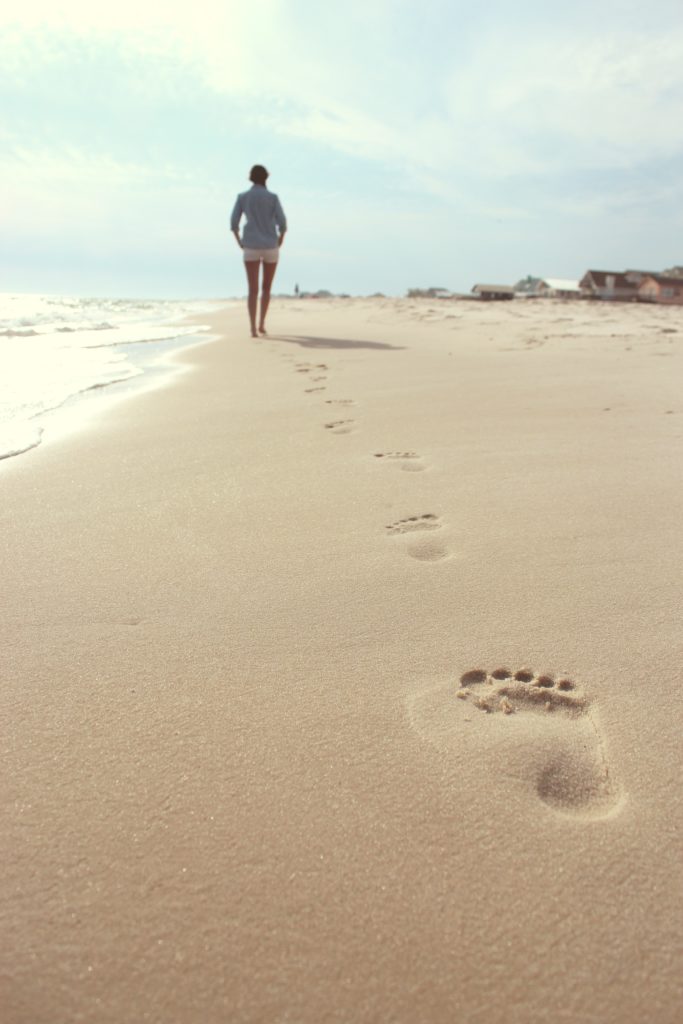 I have to say that the unexamined mind, that is the mind that does not examine itself, that doesn’t seek to understand its own awareness, its own enlightenment, the mind that is caught up in the physical world and all of its attributes – that mind is imprisoned. But it’s not difficult to live and understand beyond that mind; It’s always as simple as paying attention to whom you really are. By that, I don’t mean the behavior, but the awareness itself, like asking yourself what is your awareness? Who are you when you’re aware? How does it feel to be aware?
That’s the question to ask yourself, that question will lead you to a deeper understanding, to an understanding of who you really are.
So go ahead and pay attention to what’s paying attention.
I have to say that the unexamined mind, that is the mind that does not examine itself, that doesn’t seek to understand its own awareness, its own enlightenment, the mind that is caught up in the physical world and all of its attributes – that mind is imprisoned. But it’s not difficult to live and understand beyond that mind; It’s always as simple as paying attention to whom you really are. By that, I don’t mean the behavior, but the awareness itself, like asking yourself what is your awareness? Who are you when you’re aware? How does it feel to be aware?
That’s the question to ask yourself, that question will lead you to a deeper understanding, to an understanding of who you really are.
So go ahead and pay attention to what’s paying attention. 
